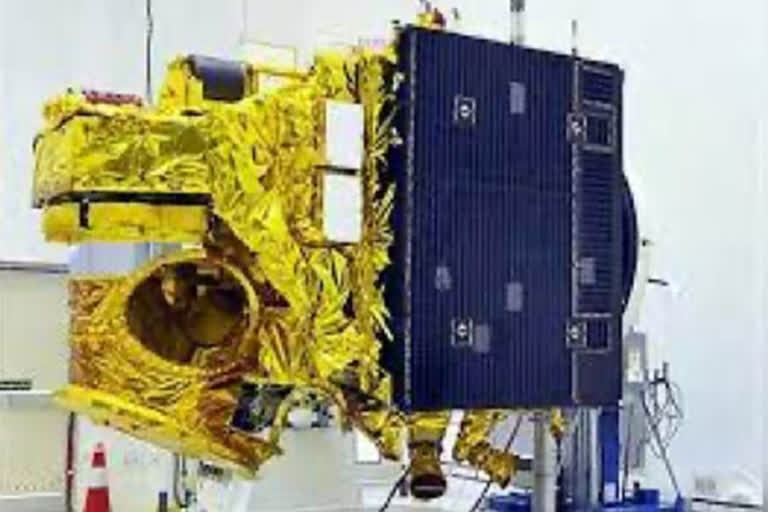New Delhi:A thrilling scene unfolded in the history ISRO as its operation was a success. India safely shot down a satellite over the ocean in a fully controlled manner. The Indian Space Research Organization (ISRO) announced on Tuesday night that the Megha-Tropicus-1 (MTI) satellite was successfully launched over the Pacific Ocean.
A statement said that the satellite re-entered the earth's atmosphere and then disintegrated in the Pacific Ocean. Netizens are posting on social media congratulating the ISRO scientists who made this experiment a success. We know the incidents of Chinese satellites often going out of orbit and falling into the earth's atmosphere, shaking the countries of the world.
Alerted by this, India succeeded in dismantling obsolete satellites in a controlled manner. Although India actually has the capability to detonate such satellites in space, it has been working on decommissioning them in a controlled manner as its fragments could become a problem in the future if it does so.
Also read:ISRO successfully conducts key rocket engine test for Chandrayaan-3
For this purpose, ISRO selected Megha-Tropikas-1 (MTI) satellite in low earth orbit and successfully conducted this operation. MEGH-TROPICUS-1 was launched on October 12, 2011 jointly by the French space agency CNEC. It is used to study tropical climate and environment. Originally, it was estimated that this satellite would be operational only for three years. But, it provided uninterrupted services till 2021.
In recent years, ISRO has taken up proactive steps to improve the compliance level with the internationally accepted guidelines on space debris mitigation. Efforts are going on to build indigenous capabilities for tracking and monitoring space objects to safeguard Indian space assets. ISRO System for Safe and Sustainable Space Operations Management (IS4OM) has been established to spearhead such activities. The controlled re-entry exercise bears yet another testimony to India's continued efforts towards ensuring the long-term sustainability of outer space activities.
